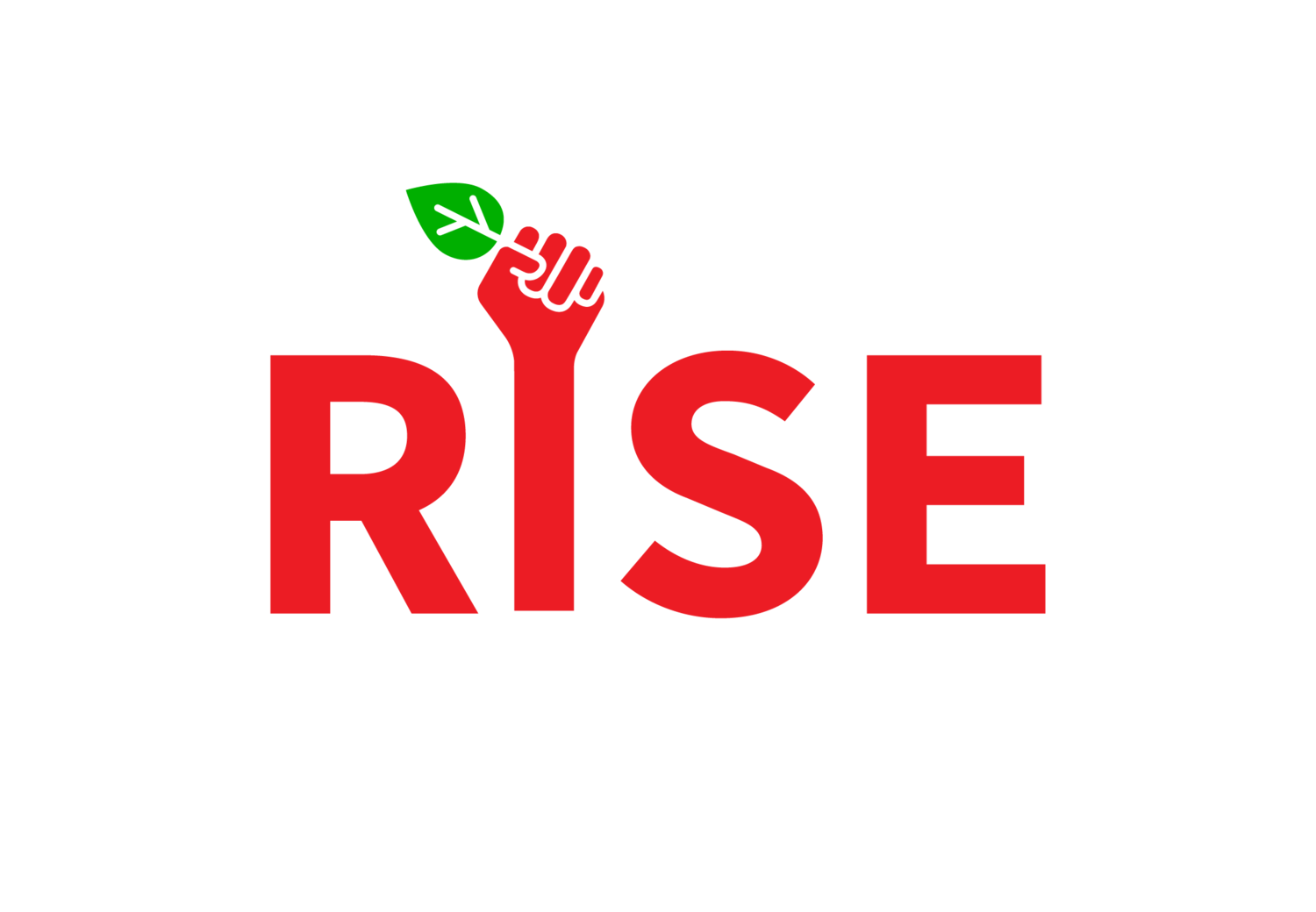The End of Neoliberalism?
This article was featured in the Autumn 2020 edition of Rupture. Purchase the latest edition of Rupture here
Neoliberalism entered the coronavirus pandemic with significant underlying conditions. Will it survive the coming depression, or will it be replaced? Paul Murphy argues that while unorthodox monetary policy may be here to stay for the foreseeable future and globalisation is in retreat, capital’s need to restore profitability means that neoliberal fiscal policy will be harder to shake.
The unfolding of a new and deep economic crisis, as well as the response to that crisis by states and central banks, has provoked a renewed discussion about neoliberalism. More rapidly than in 2008, capitalist states worldwide stepped in to respond to the unfolding crisis. The neoliberal mantra that the market must decide was set aside.
States requisitioned supplies of PPE as well as taking over factories, with Trump invoking the Korean War era ‘Defense Production Act’ to speed up ventilator production. The top European Commission trade official, Sabine Weyand, explained their thinking: “We have to recognise that in the heat of a crisis you cannot leave the allocation of scarce resources just to the markets.”
Over 7% of global GDP is predicted by Fitch to be spent by governments on measures to respond to the health and economic crisis, substantially more than the 1.7% spent immediately after the 2008 crash.
British journalist Paul Mason in typically breathless style declared in the middle of March: “By the end of the month there'll be only two kinds of people in British politics: reluctant socialists and enthusiastic ones.” More sober thinkers, like economist Nouriel Roubini have also raised the possibility of an alternative to neoliberalism emerging. He argues that during the crisis, “interventions long proposed by leftists of the Modern Monetary Theory school, including helicopter drops [whereby money is printed by central banks and distributed to the public], have become mainstream.”
Neoliberalism is a right-wing economic theory and ideology propounded by economists like Milton Friedman and first implemented by politicians like Augusto Pinochet, Margaret Thatcher, and Ronald Reagan. In contrast to the Keynesianism which it replaced, in fiscal policy (government spending and taxation) it sought a much smaller welfare state, privatisation of public assets and reduced welfare provision, together with a monetary policy ( relating to money supply) geared solely towards the control of inflation instead of unemployment.
This came to be the dominant ideology of capitalism in the 1970s and early 1980s. In his excellent, ‘A Brief History of Neoliberalism’, David Harvey outlines the process by which “the capitalist world stumbled towards neoliberalization ... through a series of gyrations and chaotic experiments.” What started as a marginal group known as the Mont Pelerin Society around right-wing philosopher Friedrich Von Hayek was “plucked from the shadows of relative obscurity … and transformed into the central guiding principle of economic thought and management.”
The material roots of neoliberalism
Neoliberalism is not a synonym for capitalism. Capitalism existed for a couple of hundred years before neoliberalism emerged as the dominant ideology. The rise of neoliberalism was a deeply material one.
In the context of declining rates of profit for capital in the early 1970s, neoliberalism met the need of the capitalist class to increase the rate of exploitation of workers and to open up new markets for capitalism, such as healthcare and education. It was the flag of a capitalist offensive, which was largely successful in shifting wealth and income from labour to capital. In the US for example, the share of national income which went to ‘labour’ had been largely stable at around 64% from 1945 to 1973 dropped to just over 56% now. Wages for the bottom 70% of the workforce have remained stagnant in real terms since the early ‘70s too. A similar tale is told by statistics for most of the rest of the world.
That success was written in the blood of the thousands of people ‘disappeared’ after 1973 in Chile. It was then that the ideas connected to Milton Friedman and the ‘Chicago Boys’ were first tested after General Pinochet, backed by the CIA, overthrew the elected socialist President, Salvador Allende. With ‘success’ for foreign investors counted in increased returns from privatised sectors and reduced wages, it spread across the world. By the 1980s, neoliberalism had moved from a brutal experiment in a peripheral country to the dominant ideology under Reagan and Thatcher in the US and Britain.
The path from obscure right-wing theory to Thatcher’s ‘There Is No Alternative’ mantra illustrates the process by which particular ideas become hegemonic amongst the capitalist class. Capitalism enters into crisis, and the sheen comes off the previously dominant ideology. Various ideas contest and vie for the opportunity to be tested through implementation. If successful in improving the profits and stable rule of the capitalist classes, it can then become accepted as ‘common sense’ by capitalists and their political representatives worldwide. Witness even the basest gombeen politician in Ireland who will confidently tell you that we have to attract foreign investment with low corporation tax and low levels of regulation.
Globalisation in retreat
Capitalism has been in a period of significant crisis since the Great Recession started in 2008. The recovery was the weakest of any recovery since World War II. It is for this reason that neoliberalism is under real threat. Already, globalisation, the increasing integration of the world economy, a sister process to neoliberalism, has been stalled.
What privatisation and deregulation achieves within domestic borders, the free movement of capital then spreads worldwide. The threat of withdrawal of investment operates to ‘discipline’ governments to ensure capitalist interests. From the mid 1970s onwards, accelerating with the collapse of the Soviet Union, world trade and Foreign Direct Investment (FDI) increased dramatically. Global FDI rose from under $100 billion in 1975 to a peak of over $2,000 billion in 2007. Global exports grew at a similar pace, going from $300 billion in 1975 to $18,000 billion in 2012. This went hand in hand with policies of deregulation, privatisation and exploitative trade relations imposed by the major imperialist powers on the neo-colonial world.
From 2012 however, world trade and capital flows stopped growing faster than world output, meaning that the world economy was no longer becoming more integrated. This is a result of generalised disillusionment with wealth flooding upwards instead of trickling downwards, as well as increasing inter-imperialist tensions, at the core of which is the continuing decline of US imperialism and the rise of China. The election of Trump, with his ‘Make America Great Again’ protectionist rhetoric both reflected and accelerated this process.
There seems little doubt that Covid-19 will consolidate this de-globalisation trend. Tensions between China and the US have been heightened even further. Strengthened border controls are already in place. We will also possibly see the reshoring of some essential production to imperialist centres in an effort to avoid disruption to supply chains.
Neoliberalism at home
While globalisation is likely to suffer significant further reverses, the picture appears less certain when it comes to what could be referred to as the domestic agenda of neoliberalism - cuts to public spending, privatisation and attacks on workers generally. The fact that the capitalist state has stepped in to attempt to save the economy is not conclusive evidence of a dramatic turn from neoliberalism. In 2008, we saw the same process, if more hesitantly. Despite the obituaries for neoliberalism written then, it didn’t herald a paradigm shift.
“Capitalism for the poor and socialism (meaning public expenditure) for the rich” has actually been part of the toolbox of neoliberalism since its beginning. Public expenditure on the privatised military-industrial complex for example has risen dramatically. Just as public ownership of banks became necessary for capitalism at the start of the Great Recession, it is likely that large parts of the airline industry as well as the banking system will again be nationalised. From the point of view of capitalist politicians, this will only be a temporary measure to be reversed as soon as the crisis has passed.
If an alternative to neoliberalism is to emerge from the top, an alternative set of policies which better represent the class interests of the capitalists must be found. Even then such policies would not overnight supplant neoliberalism - instead there would be a period of contestation between competing theories. It is difficult to predict exactly which route capitalists and governments worldwide will take. What is perhaps most likely in the medium term is some form of altered or adjusted neoliberalism.
The core domestic policies of repression of workers’ wages and attempts to cut back on welfare spending, and private ownership of the big majority of the economy are likely to continue in the developed capitalist world. With profit rates continuing to be low, from the point of view of capitalism, the assault on workers’ wage share must continue. However, they may be complemented by increasingly unorthodox policies elsewhere, for example in monetary policy
With interest rates already at historically low levels, and extensive ‘Quantitative Easing’ having been utilised, the toolbox of orthodox monetary policies has largely been exhausted. ‘Helicopter money,’ whereby money is printed by central banks and distributed to the public, is now being widely spoken of. Even helicopter money, however, is not entirely out of the neolibreal framework, with the term actually being coined by Milton Friedman, and considered as a legitimate last ditch effort to kickstart economies. This combination of neoliberal fiscal policy with unorthodox monetary policy may look a little like the ‘Keynesian Neoliberalism’ applied in Japan. There the government borrowed heavily to fuel stimulus packages, while simultaneously continuing with privatisation and deregulation.
Given the likely further retreat of globalisation, another useful reference point for considering where capitalism goes next is the concept of neomercantilism. Mercantilism was the dominant ideology from the 16th to 18th century, whereby economies sought to increase their exports and reduce their imports through competition and protectionism. Large elements of neomercantilism are clearly present in both the US and Chinese approaches. As the economic crisis deepens, and various capitalist classes compete to maintain as much of their share of a diminishing pie as possible, it is likely to become increasingly dominant. This neomercantilism would see neoliberal and wage suppression policies at home to reduce the cost of exports, while simultaneously seeing an increase in barriers to imports.
What does all of this mean for working class people? In and of itself, the crisis facing neoliberalism is no guarantee that they will benefit. However, the fracturing of ‘common sense’ and orthodoxy at the top does provide an opportunity for those of us at the bottom. With the decline of the power of the ‘There Is No Alternative’ and ‘End of History’ narratives, there are increased openings to make our case for socialist change.







